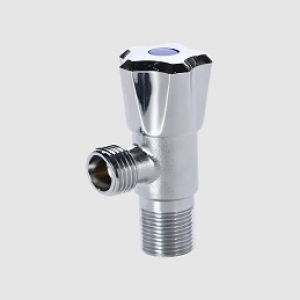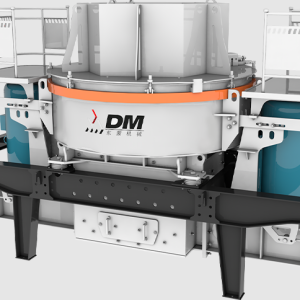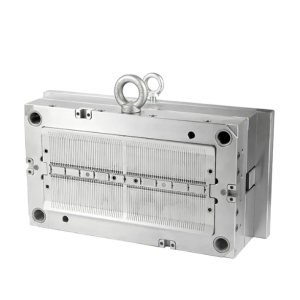In the realm of woodworking and metalworking, precision is paramount. The small bandsaw machine, despite its compact size, is often called upon to deliver cuts with the utmost accuracy. This article delves into the factors that contribute to the precision of small bandsaw machines and how they compare to their larger counterparts in terms of sawing accuracy.
The small bandsaw machine's precision is influenced by a multitude of factors, including the quality of the saw blade, the machine's construction, and the operator's skill. A high-quality blade is essential for achieving clean, accurate cuts. The blade's teeth per inch (TPI) plays a significant role in determining the precision of the cut. A higher TPI blade will produce a smoother, more precise cut, but it may also require more force to cut through the material. Conversely, a lower TPI blade will cut more quickly but may leave a rougher edge.
The construction of the small bandsaw machine itself is another critical factor. A sturdy frame and a well-aligned blade guide system are necessary to ensure that the blade remains straight and true throughout the cutting process. The use of high-quality bearings and a smooth-running motor also contribute to the machine's overall precision. Vibration, a common issue with many power tools, can significantly affect the accuracy of a cut. Therefore, features that minimize vibration, such as rubber feet or a counterbalance system, are beneficial.
The operator's skill and technique are equally important in achieving precision with a small bandsaw machine. Proper blade tension, accurate blade tracking, and the correct feed rate are all operator-dependent factors that can affect the outcome of a cut. Training and experience play a significant role in mastering these skills, which in turn can enhance the precision of the small bandsaw machine.
When comparing small bandsaw machines to larger bandsaw machines, some inherent differences affect their precision. Larger machines often have more robust construction, which can lead to greater stability and reduced vibration during operation. This can result in more accurate cuts, especially for larger or thicker materials. However, the small bandsaw machine's portability and ease of use can be advantageous in situations where a larger machine is impractical or unnecessary.
One of the key advantages of the small bandsaw machine is its ability to make intricate and detailed cuts that may be difficult or impossible with a larger bandsaw. The smaller size of the blade allows for tighter radius turns and more precise control, which is particularly useful for intricate woodworking or metalworking projects. Additionally, the small bandsaw machine's flexibility in terms of blade selection allows for a wide range of cutting capabilities, from fine detail work to more aggressive cutting tasks.
Maintenance is another area where the small bandsaw machine can excel in terms of precision. Regular maintenance, such as blade sharpening, tensioning, and cleaning, can help to ensure that the machine remains in optimal condition for precise cutting. The smaller size of the machine makes it easier to access and maintain, which can be a significant advantage over larger models.
In conclusion, the precision of a small bandsaw machine is a complex interplay of factors, including blade quality, machine construction, operator skill, and maintenance. While larger bandsaw machines may offer certain advantages in terms of stability and reduced vibration, the small bandsaw machine's portability, versatility, and ease of maintenance make it a formidable tool for achieving high levels of precision in a variety of applications. By understanding and optimizing these factors, users can maximize the accuracy and efficiency of their small bandsaw machines, regardless of the size of the project at hand.










